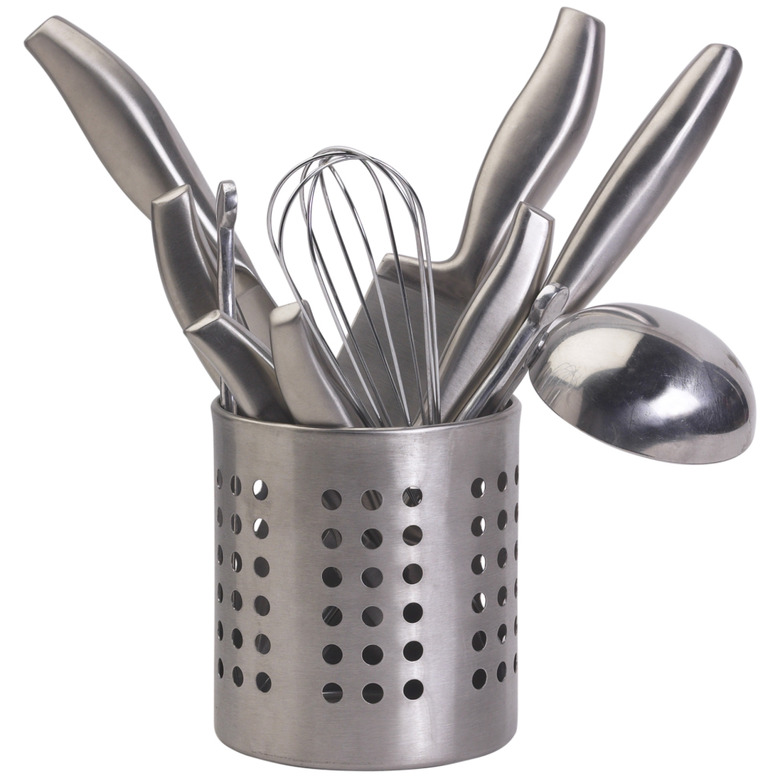Methods Of Plating Stainless Steel
Plating is a centuries-old technique that changes the surface properties by placing a coating over the metal underneath. Whereas plating is commonly done to prevent corrosion, stainless steel, with its high chromium content of 10 percent to 11 percent, is inherently resistant to corrosion, stains, and rust, though it is not completely stain-proof. Plating is also done for aesthetic reasons, to make the metal easier to solder, to make it metal more durable or harder, to reduce friction, to make paint adhere more readily, to make the metal more or less conductive, or to shield it from radiation.
Electroplating
Electroplating
Electroplating, also called electrodeposition, is a method of plating steel that can be likened to operating a battery in reverse. Rather than freeing electrons to create current, as a battery does, electroplating binds the extra electrons on the surface of an ionic metal with an anode. The anode is the positively charged metal in solution, which produces a non-ionic film on the steel. This method is used to plate stainless steel with copper for a finished product combining the strength of steel with the conductivity of copper.
Brush Plating
Brush Plating
Brush plating is a specific type of electroplating, and this is the preferred method for plating stainless steel with gold. After a careful cleaning and polishing, the stainless steel is prepared with a bath of nickel strike solution. With a current running through the metal just as with regular electroplating, the gold plate is brushed on, which allows control of which sections end up plated and which do not.
Electroless Plating
Electroless Plating
Electroless plating, so called because the process uses no external power, involves an aqueous solution in which several chemical reactions take place simultaneously. Sodium hypophosphite, or another reducing agent, releases hydrogen as hydride ions, which produce a negative charge on the steel to be plated. This then enables other, positively charged metals to form a film on the steel.
Chrome
Chrome
Creating chrome plate requires several steps in plating steel. Repeating the same process over and over, first the steel is plated with copper, then nickel, and then finally chrome. Each metal has an affinity for the metal plated before it. If any step is skipped, the layers will eventually peel off.
Cite This Article
MLA
Lewis, Elio. "Methods Of Plating Stainless Steel" sciencing.com, https://www.sciencing.com/methods-plating-stainless-steel-8741267/. 24 April 2017.
APA
Lewis, Elio. (2017, April 24). Methods Of Plating Stainless Steel. sciencing.com. Retrieved from https://www.sciencing.com/methods-plating-stainless-steel-8741267/
Chicago
Lewis, Elio. Methods Of Plating Stainless Steel last modified March 24, 2022. https://www.sciencing.com/methods-plating-stainless-steel-8741267/
